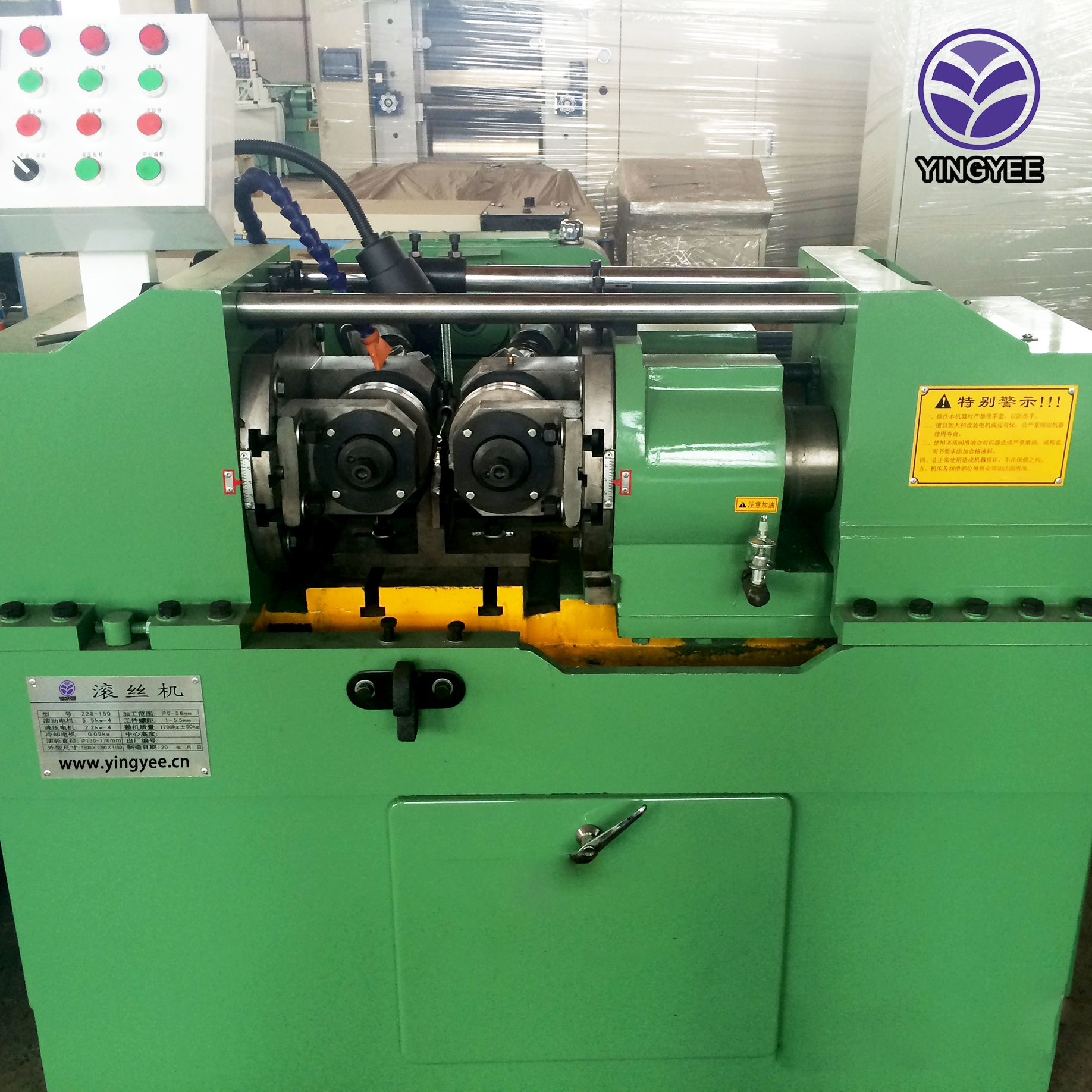
Angle Steel Roll Forming Machine A Key Innovation in Metal Fabrication
In the realm of metal fabrication, the angle steel roll forming machine has emerged as a pivotal innovation, providing efficiency and precision in the production of angle steel sections. These machines are specifically designed to shape metal into angles by rolling the material through a series of rollers. The process not only enhances the structural integrity of the finished product but also optimizes the production capacity in various industrial applications.
Understanding Angle Steel
Angle steel, also known as angle iron, is an L-shaped structural component made from steel. It consists of two legs that meet at a right angle and is widely used in construction, machinery manufacturing, and various structural applications due to its strength and versatility. Angle steel is commonly employed in the fabrication of frameworks, brackets, and support structures. The demand for angle steel continues to rise, especially in industries such as construction and automotive, underscoring the importance of efficient production methods.
The Roll Forming Process
The angle steel roll forming machine operates on the principles of roll forming, a continuous bending process in which metal is gradually shaped into desired profiles. The process begins with feeding flat steel strips into the machine. As the strips pass through a series of rollers, they are gradually formed into the angle shape. Each roller is designed to incrementally bend the steel until it reaches the final profile.
This method offers several advantages over traditional cutting and welding techniques. Firstly, it reduces material waste since the entire strip is utilized without requiring additional cuts. Secondly, the process ensures uniformity in thickness and dimensions, critical for maintaining the structural integrity of the final product.
Features of Angle Steel Roll Forming Machines
Modern angle steel roll forming machines come equipped with advanced features that enhance their performance and usability
. Some of these features include1. Automatic Control Systems Many machines are fitted with computer numerical control (CNC) systems that allow for precise adjustments and programming of different angles and lengths, facilitating quick changeovers between production runs.

2. High Production Speed These machines are engineered for high-speed operations, drastically reducing the production time per unit and increasing overall efficiency.
3. Durability and Reliability Constructed from high-strength materials, angle steel roll forming machines are designed to withstand heavy usage and harsh working environments, ensuring long-term reliability.
4. Versatility They can produce various types of angles (equal and unequal) and sizes, making them suitable for different applications within various industries.
5. Customization Manufacturers often offer customizable machines that can accommodate specific requirements based on the user’s production needs.
Applications of Angle Steel
The applications of angle steel are vast, making roll forming machines indispensable tools in related industries. In construction, angle steel is used for structural support in buildings, bridges, and other infrastructures. Its strength and adaptability allow for easy integration into various construction designs.
In manufacturing, angle steel is crucial for the production of machinery frames, racks, and shelves. Its resilience and load-bearing capabilities make it ideal for logistical applications, where efficient use of space and materials is paramount.
Moreover, angle steel is prevalent in the automotive industry, where it is utilized in assembling vehicle frames and chassis components, contributing to the overall stability and safety of vehicles.
Conclusion
The angle steel roll forming machine represents a significant advancement in the metal fabrication industry. By providing a high-speed, efficient, and versatile method for producing angle steel, these machines are contributing to the growth and innovation within various sectors. As industries continue to evolve and demand for high-quality and precision-engineered metal components increases, the role of angle steel roll forming machines will undoubtedly become even more critical. Investing in such technology is essential for manufacturers aiming to enhance productivity and maintain a competitive edge in the market.